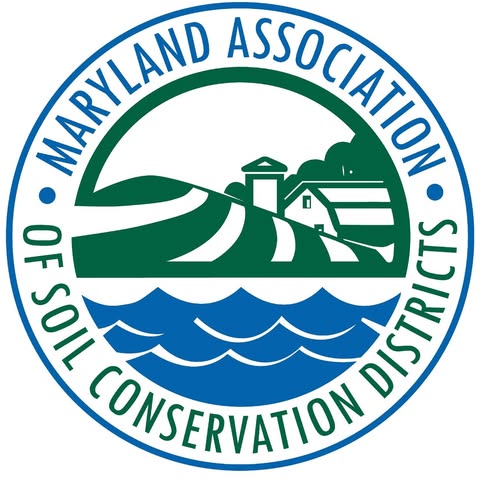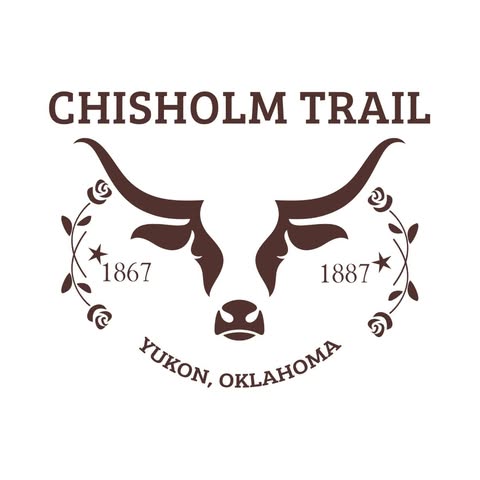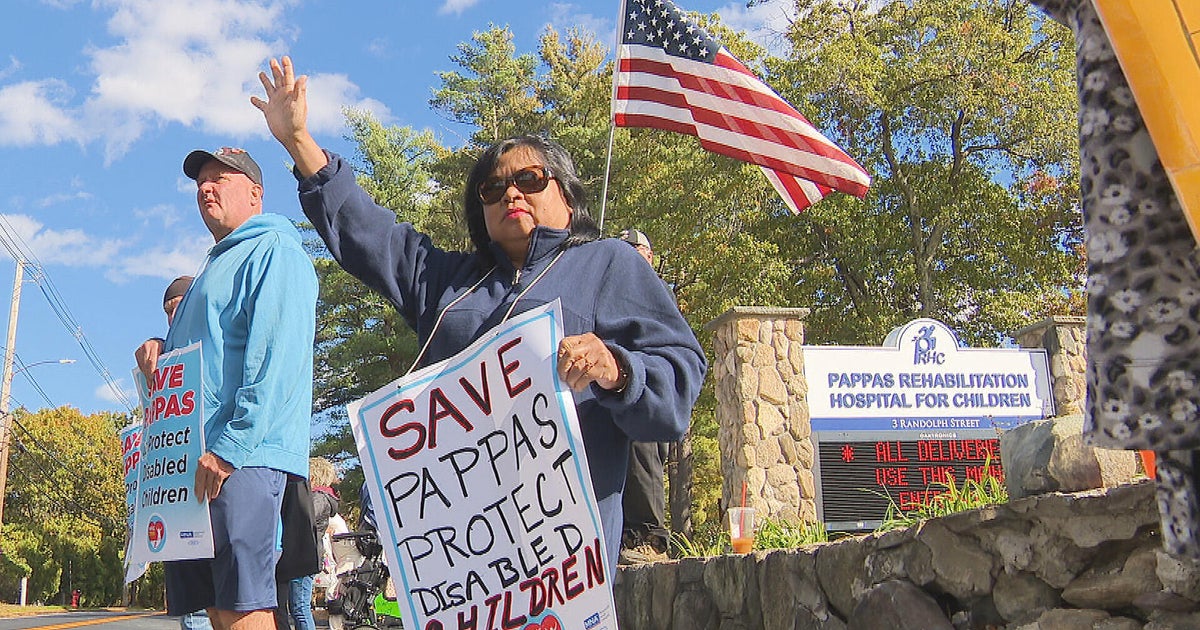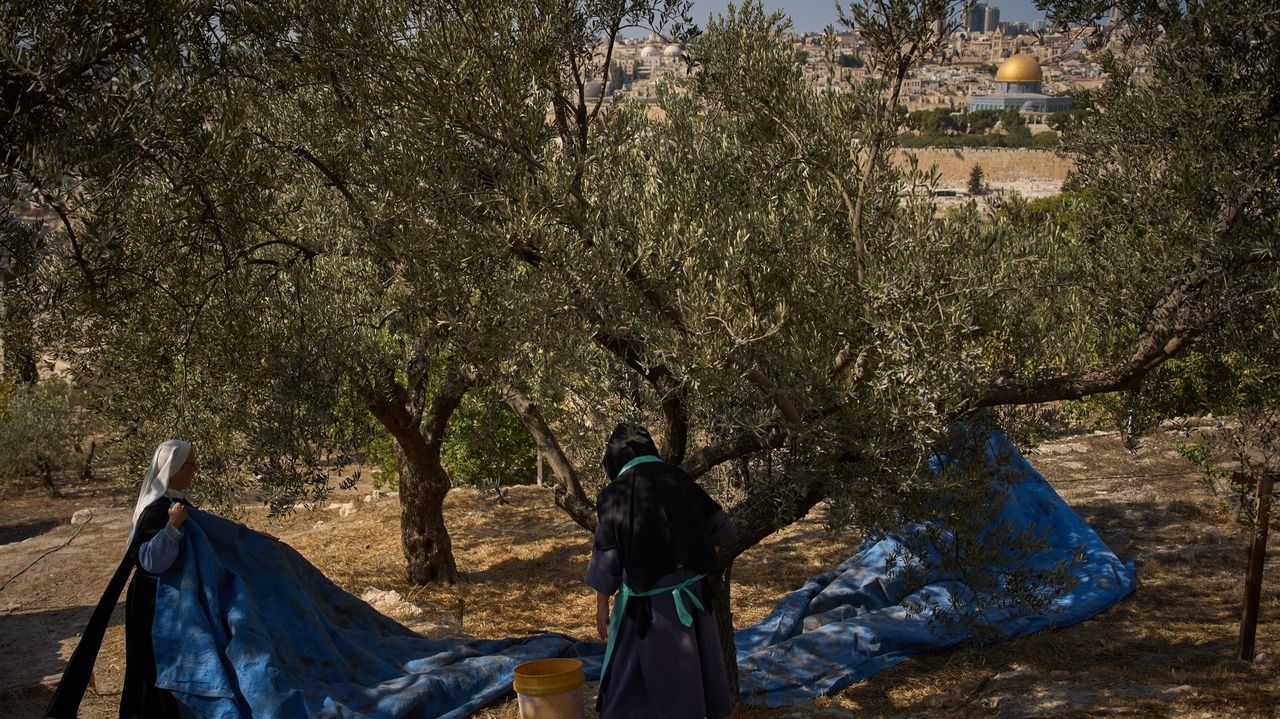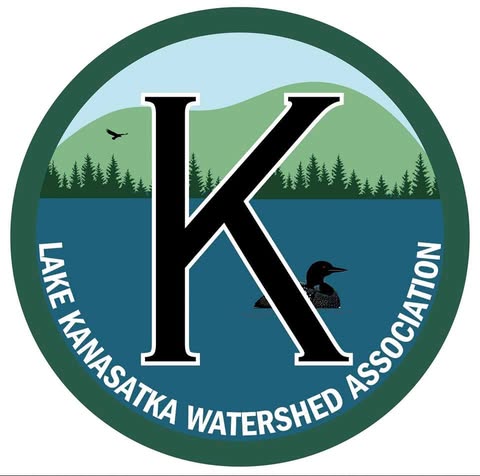
Lake Kanasatka Watershed Assoc
This pristine 375 acre lake was originally called Long Pond. After struggling with cyanobacteria blooms since 2020, the Kanasatka community is proud to have made major progress in restoring our lake to its crystal blue glory. Established to promote the conservation of the quality of the environment of the area in the watershed of Lake Kanasatka, including the conservation of the natural resources of the land, water, marshland, woodland and open spaces, as well as the plant and animal life therein, and the protection of the water quality of Lake Kanasatka and its tributaries against pollution.

Lake Kanasatka Watershed Association
Overview
The Lake Kanasatka Watershed Association (LKWA) is a 501(c)3 non-profit organization established in 1971 to promote the conservation of the environment in the Lake Kanasatka watershed area. The organization focuses on protecting the natural resources of the land, water, marshland, woodland, and open spaces, as well as the plant and animal life within the watershed[1][3]. It also works to safeguard the water quality of Lake Kanasatka and its tributaries from pollution.
Activities and Initiatives
LKWA is actively involved in various initiatives aimed at improving and maintaining the water quality of Lake Kanasatka. This includes developing a Watershed-Based Management Plan (WBMP) to address issues like cyanobacteria blooms, which have been a concern in recent years[2][3]. The plan involves monitoring water quality, conducting analyses of phosphorus sources, and implementing strategies to reduce phosphorus inputs from stormwater runoff, shoreline erosion, and other sources[2].
One of the key actions recommended by the WBMP includes the installation of stormwater controls and buffer plantings to mitigate pollution from watershed development[2]. Additionally, an alum treatment was considered to reduce internal phosphorus loading in the lake, a method that has been successful in other lakes[2].
LKWA engages the community through grassroots efforts, including educational campaigns, fundraising, and direct outreach to stakeholders to support their initiatives[1]. Volunteers play a crucial role in the organization's work, contributing to tasks such as water quality monitoring, stormwater remediation, and community outreach[3].
Achievements and Ongoing Efforts
LKWA succeeded in implementing an alum treatment in the spring of 2024, marking a significant milestone in its efforts to improve lake water quality[3]. However, the organization recognizes that continued work is necessary to fully mitigate the risk of cyanobacteria blooms, particularly by curtailing stormwater runoff[3]. LKWA welcomes community involvement and encourages volunteering to support its mission and ongoing projects[3].
Edit WikiFounded
1978
1000
Web
Sign in to see organisation website
Address
Center Harbor
Lake Kanasatka Watershed Association – Moultonborough, New Hampshire
From Social media
News about from their social media (Facebook and X).
Data about organisation
Natural Resource Conservation and Protection Category
Organisations with similar rank to Lake Kanasatka Watershed Assoc in category Natural Resource Conservation and Protection

4795. Lake Kanasatka Watershed Assoc
This pristine 375 acre lake was originally called Long Pond.
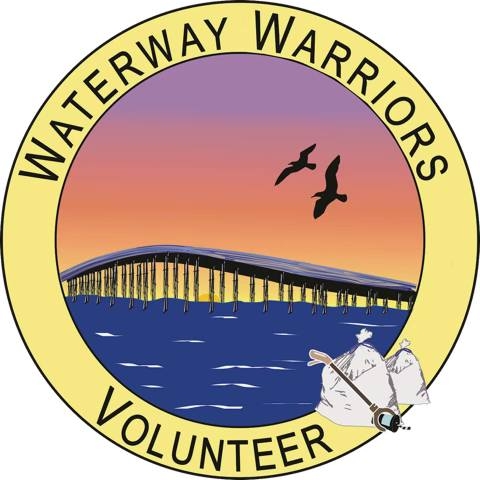
Our mission is to prevent waterway trash, educate on pollution’s harmful impact and involve the community in protecting our waterways.
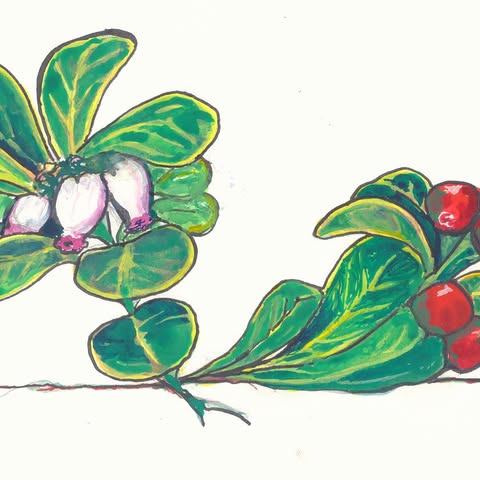
4797. Kinnikinnick Native Plant Society
We focus on native plants and their habitats in North Idaho - education, conservation & landscaping.
Similar organisations
Similar organisations to Lake Kanasatka Watershed Assoc based on mission, location, activites.
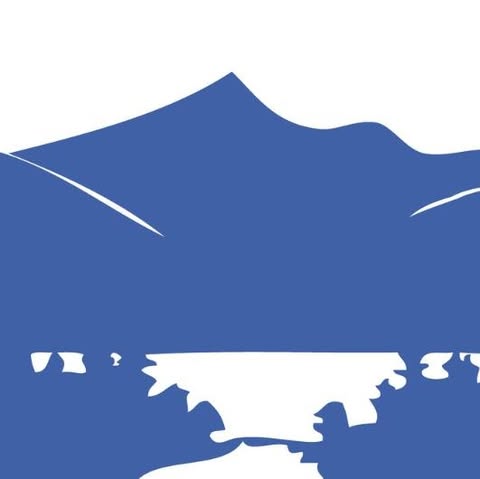
A nonprofit land trust protecting the natural beauty of Chocorua Lake and providing public access.
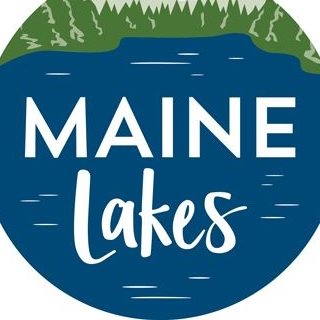
The purpose and mission of the Maine Lakes is to SAVE MAINE’S LAKES – to protect and preserve the values and benefits of these precious resources.
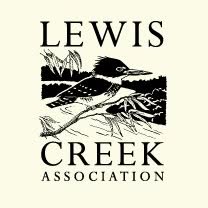
Our mission is to protect, maintain and restore ecological health in the mid Lake Champlain Valley.
Similar Organisations Worldwide
Organisations in the world similar to Lake Kanasatka Watershed Assoc.

FRIENDS OF LAGOON CREEK GROUP INC (au)
FOLC are a volunteer run community based landcare group and registered charity.

LAKE WINNIPEG FOUNDATION INC. (ca)
Guided by science, LWF seeks collaborative solutions to ensure a clean, healthy Lake Winnipeg and watershed now and for future generations.

MURIEL LAKE BASIN MANAGEMENT SOCIETY (ca)
Muriel Lake, until the water level declined, has always been known for its beautiful beaches and pristine water.
Interesting nearby
Interesting organisations close by to residence of Lake Kanasatka Watershed Assoc
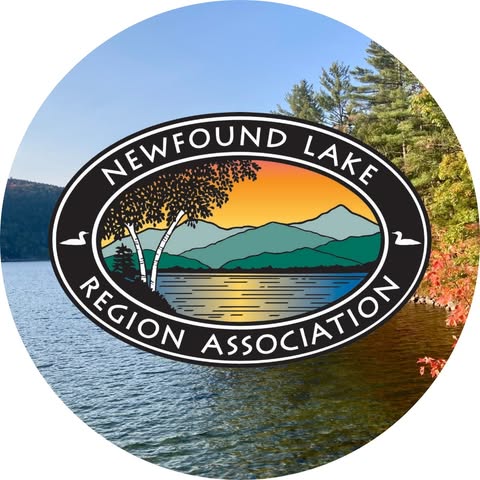
NEWFOUND LAKE REGION ASSOCIATION
Our mission is to protect Newfound Lake and its watershed.

A nonprofit land trust protecting the natural beauty of Chocorua Lake and providing public access.
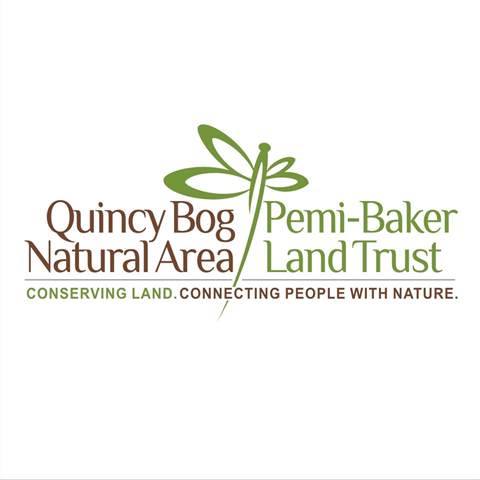
Quincy Bog Natural Area is a special place.
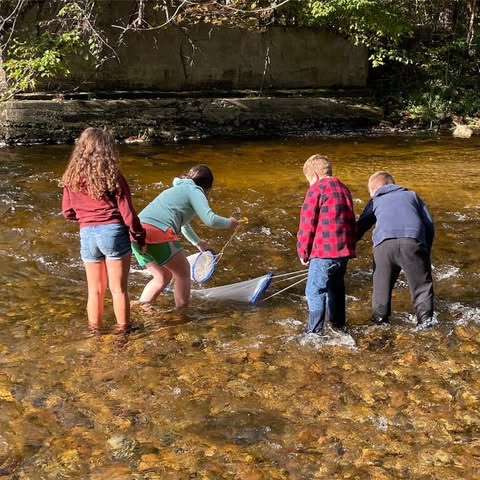
Green Mountain Conservation Group
Non-profit OrganizationEffingham, NHProtecting the Ossipee Watershed Since 1997.
Similar social media (1000)
Organisations with similar social media impact to Lake Kanasatka Watershed Assoc

Survivors For Change is a national nonprofit providing education and training to youth coaches, parents and players in the cultivation healthy and safe relationships while supporting athlete survivors of sexual abuse.

Life Choices in San Antonio is a full-service women’s health clinic empowering you with good choices.

166140. Lake Kanasatka Watershed Assoc
This pristine 375 acre lake was originally called Long Pond.

166141. Life Connections of the Carolinas Inc
We have been developing adolescents and strengthening homes since 1997.
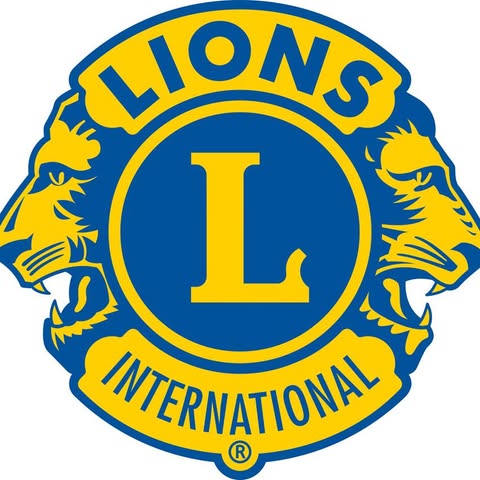
166142. International Association of Lions Clubs
Since 1935 Olympia Host Lions Club has been supporting local and international projects to help those in need.
Join us and make a difference for the future!
Sign Up
Please fill in your information. Everything is free, we might contact you with updates (but cancel any time!)
Sign in with GoogleOr
Good News
Exciting times ahead for the Forest Theater in South Dallas! 🎭✨ Nijuel X, the new artistic director, is dedicated to breathing new life into this historic venue. Can't wait to see the transformation of this 75-year-old gem! 🌳❤️ #PositiveNews #CulturalRevival #ForestTheater
Inside look: Forest Theater renovation and rebirth in South Dallas
NBC 5 Dallas-Fort Worth
Like Comment